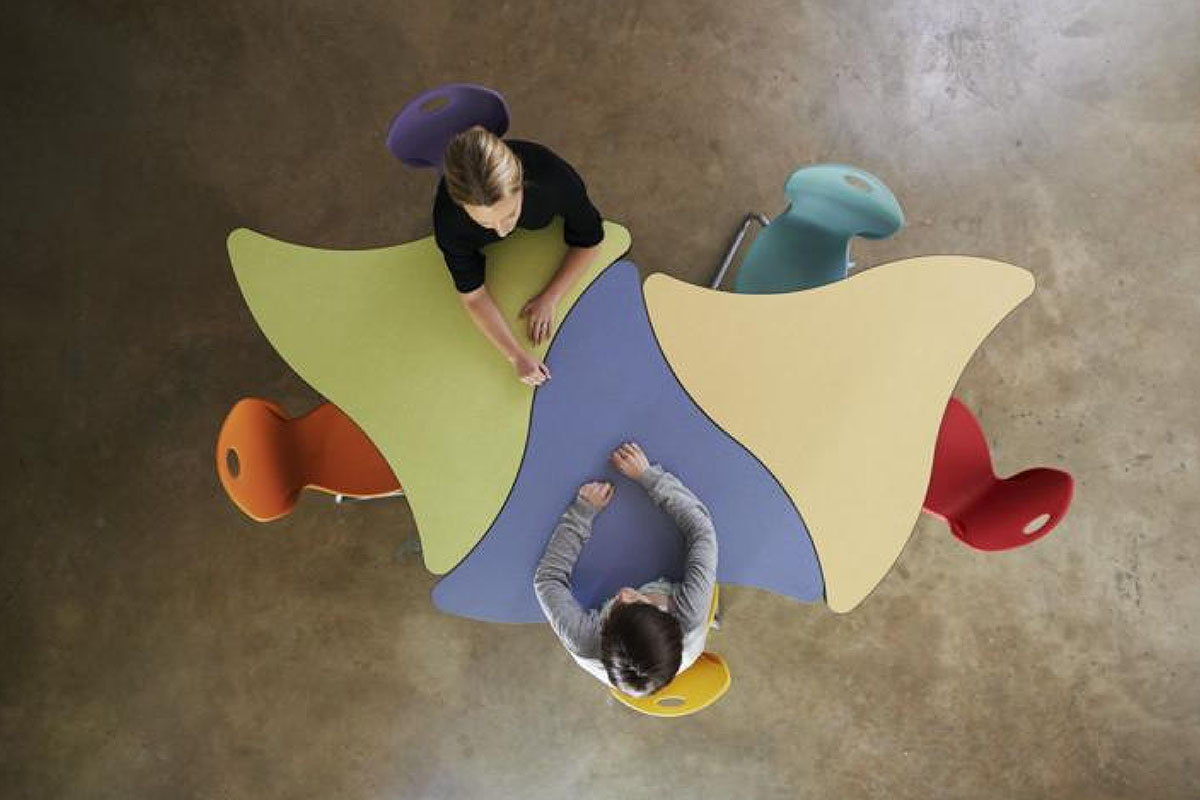Improving Your School – Part 4: Classroom Furniture
Teaching has changed a lot over the past several years. There is less lecture-based instruction and more group work, seminars and hands-on learning, all happening in the same classroom. The ability to provide these multiple modes of learning easily is best done with flexible, lightweight, stackable furniture. Unfortunately, many schools have been unable to upgrade their furniture and are still using heavy desks or tablet chairs that were never meant to be reconfigurable (or comfortable!).
As we outline in Articles 1 thru 3 of this series, we believe that providing a healthy indoor environment is a top priority. Within your classroom, an investment in good furniture is a close second. Why? Because it has a direct effect on the educational experience, requires no construction, can be depreciated over a short time frame, and can be done over time. Many schools will create a model classroom and evaluate it before making a big investment.

flexible furniture for multiple uses
In our work, we see most schools moving away from desks and tablet chairs, and replacing them with tables and chairs. The tables usually seat two and are often rectangular but may also be trapezoidal.
In all cases, they can be arranged in various ways to create a larger group work area, a seminar style meeting, or isolated for testing purposes. There are also modern versions of the tablet chair that include backpack storage, wheels and aligning work surfaces.
As education is evolving from teaching-based instruction to student-centered learning, it is worth considering how we can transform the design of our schools to be more student-centric and less institutional. Furniture is a great way to do that by using fun, comfortable, colorful designs that engage a young person’s sensibilities and help make it kid-friendly space.
Enabled by technology, learning can just as easily occur in soft seating areas as it can at a hard desk. If your room is large enough, it is also possible to create zones within a classroom by using multiple furniture strategies. Ironically, this idea is very similar to a classic kindergarten classroom design – adapted for all ages!
Next in our series: Part 5 – Decluttering Your Classroom